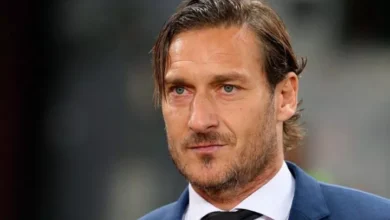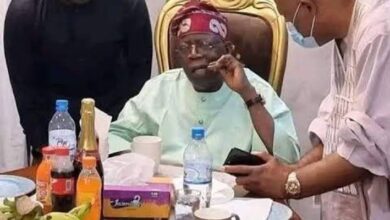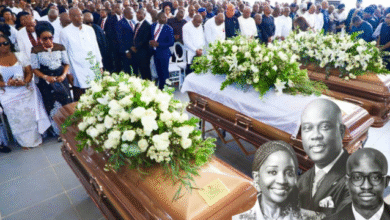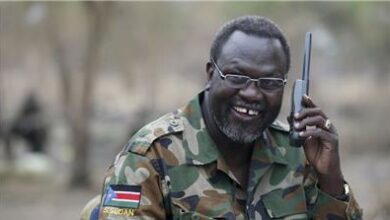Cardinals set to pick conclave date to elect new Pope
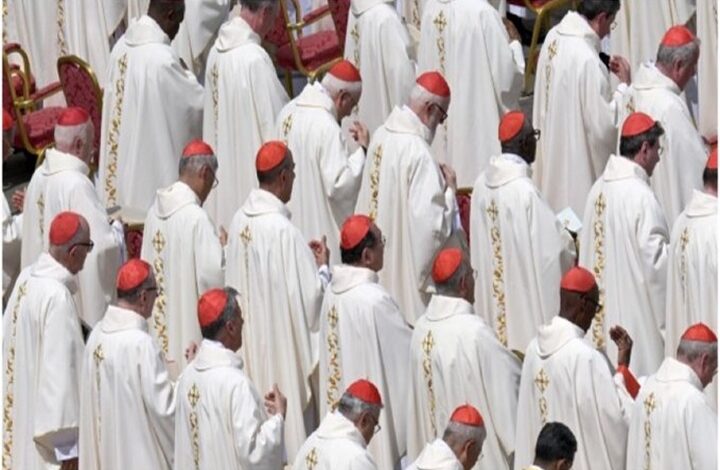
The Vatican prepares for a monumental transition as cardinals assemble to schedule the conclave that will choose the next leader for 1.4 billion Catholics.
This follows the death of Pope Francis, whose progressive reforms reshaped the modern Church.
Since the beloved pontiff passed away on April 21, over 100 cardinals have flown to Rome to begin deliberations.

The secretive election process, steeped in tradition, offers no clear frontrunner, fueling global speculation about the Church’s future direction.
Spanish Cardinal Jose Cobo told El Pais this conclave could defy expectations, just as Francis’s papacy did.
Notably, more non-European cardinals than ever will participate, increasing the likelihood of an unconventional outcome.
Meanwhile, Francis’s funeral on Saturday drew record crowds, with 400,000 mourners filling St. Peter’s Square.
On Sunday, devotees visited his tomb in Santa Maria Maggiore Basilica, honoring his request for a humble burial site reflecting his solidarity with the marginalized.
Among potential successors, Italian Cardinal Pietro Parolin leads early discussions due to his close collaboration with Francis.
Bookmakers rank him slightly ahead of Filipino Cardinal Luis Tagle and Ghana’s Cardinal Peter Turkson, signaling a possible shift toward global representation.
Additionally, candidates like Jerusalem’s Patriarch Pierbattista Pizzaballa and Bologna’s Archbishop Matteo Zuppi demonstrate the College of Cardinals’ diverse perspectives.
Analysts note the election may hinge on balancing reformist ideals with institutional stability.
Filipino pilgrim Ricardo Cruz voiced hope for an Asian pope but stressed the need for a unifying figure.
While Francis earned widespread admiration for his inclusivity, his progressive stances alienated conservative factions, particularly in Africa and America.
Moreover, Church historian Roberto Regoli predicts extended deliberations as cardinals seek consensus amid deepening ideological divides.
The conclave’s timing remains uncertain, though insiders suggest voting may begin after May 4, concluding the nine-day mourning period.
Crucially, only 135 of the 252 cardinals qualify to vote, with age restrictions barring those over 80.
Remarkably, Francis appointed 70% of these electors, yet their loyalties remain unpredictable. Many will experience their first conclave, adding volatility to the process.
During the election, cardinals will vote in the Sistine Chapel beneath Michelangelo’s masterpiece *The Last Judgment*. Proceedings follow strict protocols, with multiple ballots likely before a two-thirds majority emerges.
Furthermore, declining European dominance among voters intensifies calls for a pope with global vision. Central African Cardinal Dieudonné Nzapalainga urged selecting a bold leader capable of navigating complex geopolitical tensions.
As preparations advance, Cardinal Giuseppe Versaldi observed an atmosphere of spiritual reflection rather than factional maneuvering. This contrasts with past conclaves, where regional blocs often influenced outcomes.
The Catholic world now awaits a decision that could redefine the Church’s mission. Whether the next pope continues Francis’s reforms or adopts a more traditional approach, this conclave marks a critical juncture in religious history.
Ultimately, the election’s significance transcends ceremonial pomp. It represents a test of unity for a faith grappling with modernization, scandals, and declining congregations in the West. The chosen pontiff must bridge divides while addressing urgent social justice issues.
With anticipation building, the cardinals face immense responsibility. Their selection will determine whether the Church expands its outreach or retreats toward conservatism—a choice resonating far beyond Vatican walls.
Post Views: 17

